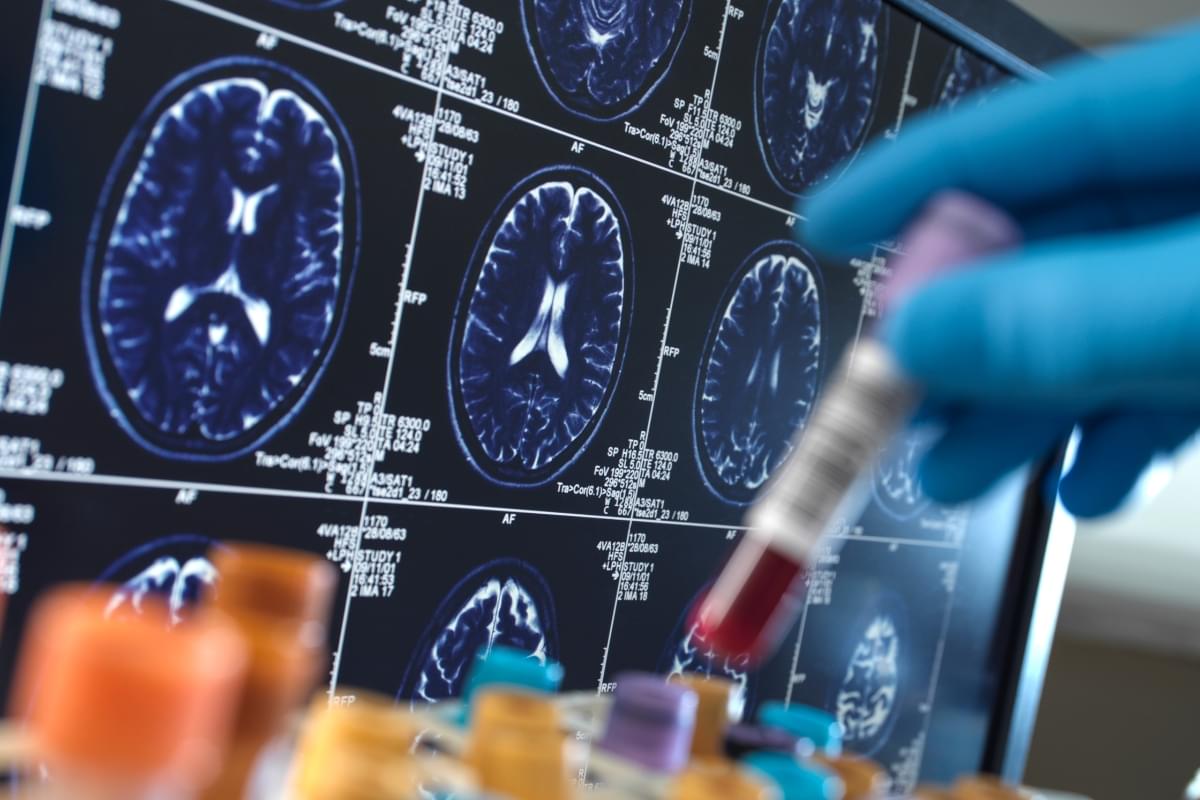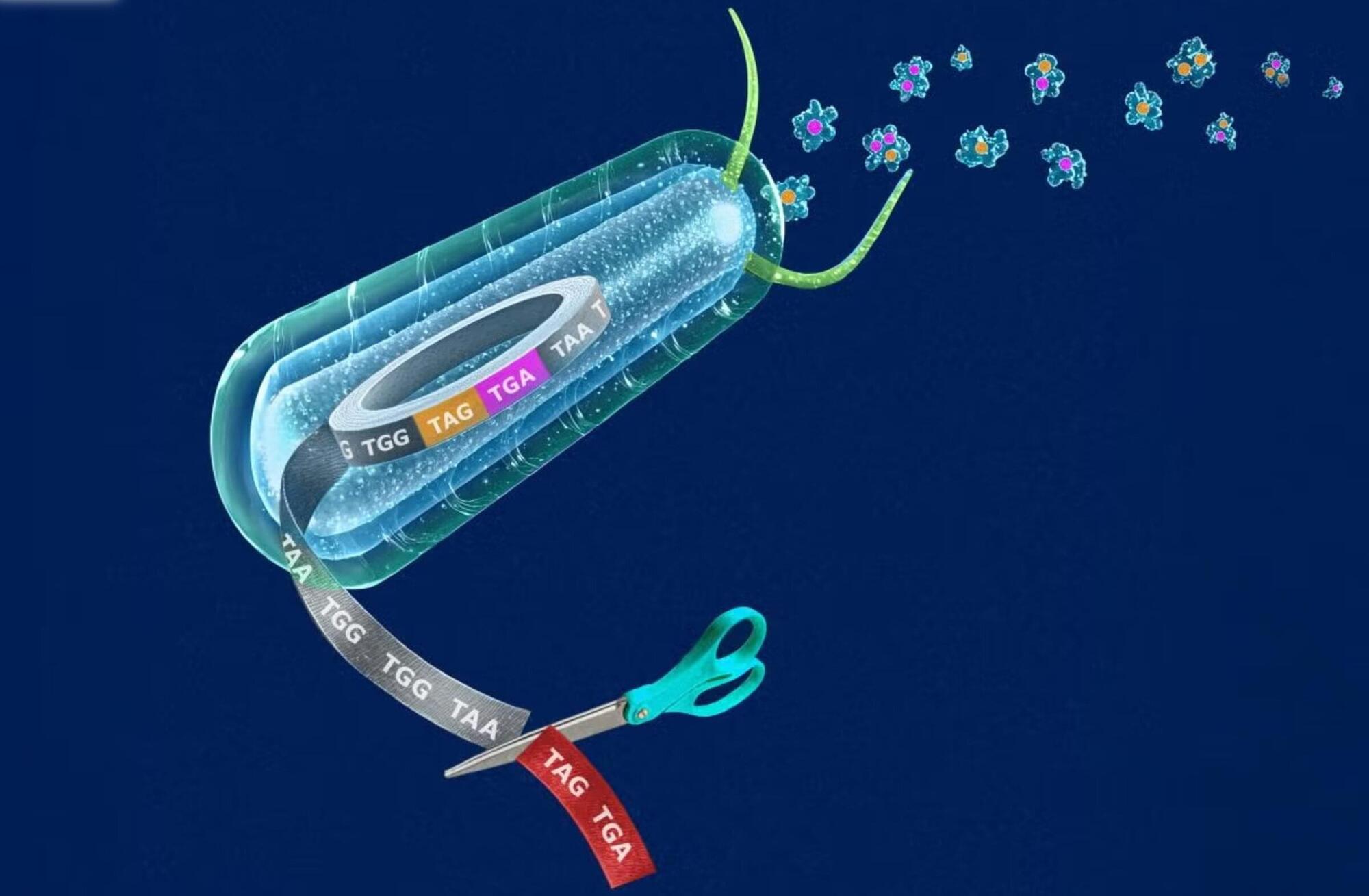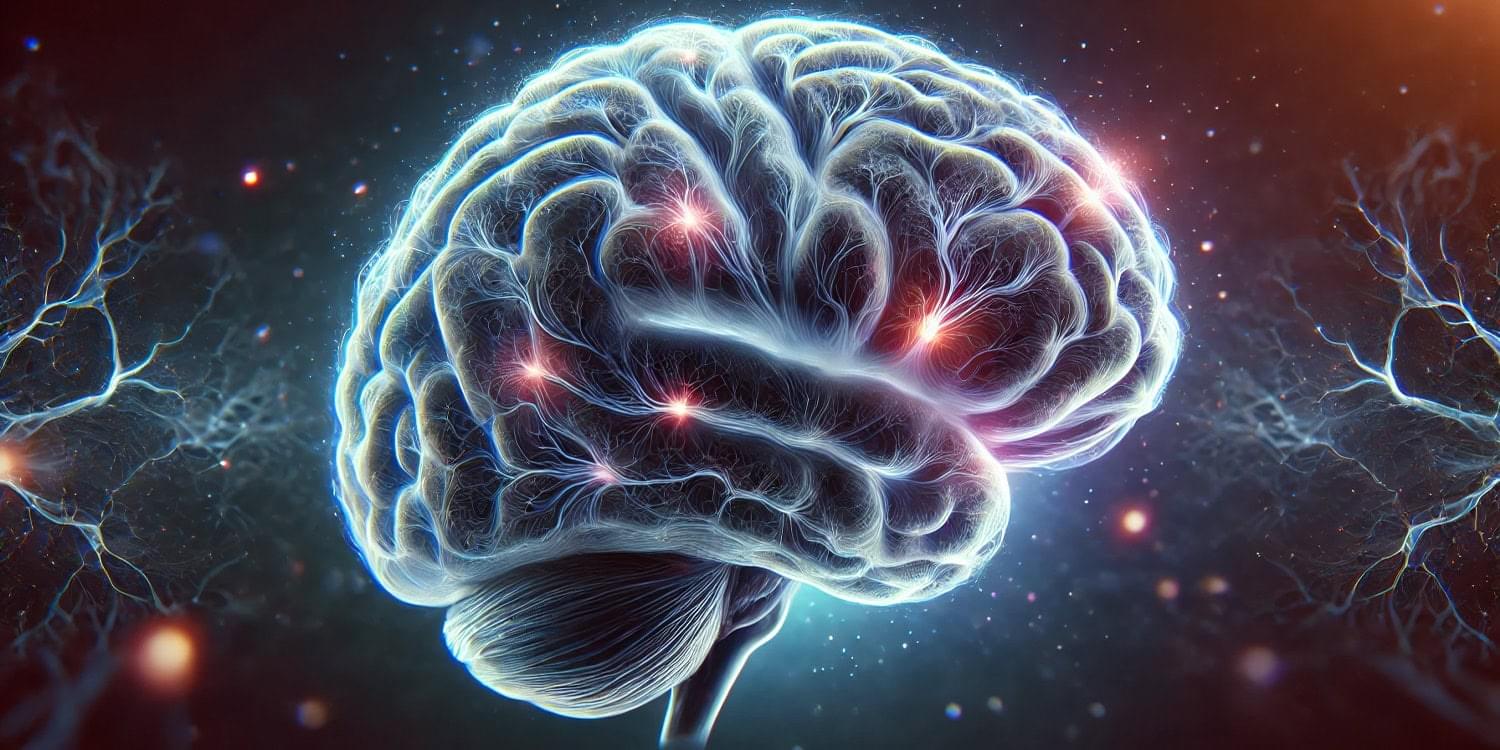He predicted the iPhone before anyone else—now he’s making his boldest claim yet. By 2030, life as we know it could be unrecognizable. A world without scarcity, where luxury becomes the new normal? His shocking vision is shaking up the world—but is it really possible?
Basically chat gpt can allow people that need to do more jobs can actually do several if not all jobs needed. Also essentially increase ones mental capacity and mental health due to that chat gpt can be almost like an external brain interface that can do nearly any job so that people can make even more money. Also people think this would replace people I believe it augments people like Ironman from marvel comics allowing to do tasks in seconds.#Ironman
A new breed of overemployed workers has emerged, turning to artificial intelligence (AI)-powered language models like ChatGPT to handle a significant portion of their job responsibilities.
“ChatGPT does like 80% of my job,” stated one worker, while another, currently holding down four robot-performed jobs, says, “Five would be overkill.”
As the popularity of AI-powered tools like ChatGPT continues to soar, concerns are growing about the impact on the global job market. With the potential for jobs to be automated and replaced by chatbots, experts are warning of a possible future where human workers become obsolete.
Dairy cattle in Nevada have been infected with a new type of bird flu that’s different from the version that has spread in U.S. herds since last year, Agriculture Department officials said Wednesday.
The detection indicates that distinct forms of the virus known as Type A H5N1 have spilled over from wild birds into cattle at least twice. Experts said it raises new questions about wider spread and the difficulty of controlling infections in animals and the people who work closely with them.
“I always thought one bird-to-cow transmission was a very rare event. Seems that may not be the case,” said Richard Webby, an influenza expert at St. Jude Children’s Research Hospital.
AI-powered research on one of the largest eye studies to date has created the most detailed maps of the retina ever produced.
Link :
Clinical trials are underway for a drug that could potentially prevent Alzheimer’s long before it kicks in. Researchers from Washington University School of Medicine are studying the effects of an experimental antibody called remternetug.
The drug was developed by pharmaceutical giant Eli Lilly. It is designed for genetically predisposed people to develop Alzheimer’s and its study focuses on young people aged 18 and up.
Remternetug targets amyloid beta, a protein that forms plaque in the brain. The presence of plaque is one of the key hallmarks of Alzheimer’s disease. Other recently approved drugs, like donanemab, also target amyloid plaque, since that seems to be what you attack if you want to chip away at Alzheimer’s.
A 2020 assessment of IKN by the National Planning and Development Agency highlighted the risks, citing data including the abundance of disease-carrying mosquitoes. At least two construction workers caught malaria in 2022 while at the site, according to the Ministry of Health. Last year, 54 cases were reported there, but the ministry claimed the patients were infected elsewhere. Although the construction authority has taken some control measures, such as handing out mosquito nets to workers, it’s not well-equipped for the job, says Mirza Buana, a legal scholar at Lambung Mangkurat University in South Kalimantan: “It has all the authorities but no capabilities.” The agency has shifted most of the tasks—such as vector control and screening workers entering or leaving IKN—to district health officials, who have struggled to keep up.
Surendra is particularly worried about the potential spread of P. knowlesi, a parasite first discovered in the 1930s. It emerged as a public health threat in the early 2000s, in areas in the Malaysian part of Borneo where forests were cleared for oil palm plantations. It has since been identified in many Southeast Asian countries.
P. knowlesi primarily infects long-tailed macaques, highly adaptable monkeys that thrive at the forest edge, and is spread by forest-dwelling Anopheles mosquitoes that occasionally bite humans as well. People working in or near the forest, including hunters and loggers, are at the highest risk. Because it has an animal reservoir, the disease is impossible to eliminate completely. Mosquitoes don’t transmit P. knowlesi between people—or very poorly—but some scientists worry that could change.
Synthetic biologists from Yale were able to re-write the genetic code of an organism—a novel genomically recoded organism (GRO) with one stop codon—using a cellular platform that they developed enabling the production of new classes of synthetic proteins. These synthetic proteins, researchers say, offer the promise of innumerable medical and industrial applications that can benefit society and human health.
The creation of the landmark GRO, known as “Ochre”—which fully compresses redundant, or “degenerate” codons, into a single codon—is described in a new study published in the journal Nature. A codon is a sequence of three nucleotides in DNA or RNA that codes for a specific amino acid, which serves as the biochemical building blocks for proteins.
“This research allows us to ask fundamental questions about the malleability of genetic codes,” said Farren Isaacs, professor of molecular, cellular and developmental biology at Yale School of Medicine and of biomedical engineering at Yale’s Faculty of Arts and Sciences, who is co-senior author of the paper. “It also demonstrates the ability to engineer the genetic code to endow multi-functionality into proteins and usher in a new era of programmable biotherapeutics and biomaterials.”
Successive waves of breakout technologies are transforming systems and society. Is quantum computing next?
Researchers have designed a single-photon time-of-flight LiDAR system that can acquire a high-resolution 3D image of an object or scene up to 1 kilometer away. The new system could help enhance security, monitoring, and remote sensing by enabling detailed imaging even in challenging environmental conditions or when objects are obscured by foliage or camouflage netting.
“Our system uses a single-photon detector approximately twice as efficient as detectors deployed in similar LiDAR systems reported by other research groups and has a system timing resolution at least 10 times better,” said research team member Aongus McCarthy, from Heriot-Watt University in the UK.
“These improvements allow the imaging system to collect more scattered photons from the target and achieve a much higher spatial resolution.”
We all know that time seems to pass at different speeds in different situations. For example, time appears to go slowly when we travel to unfamiliar places. A week in a foreign country seems much longer than week at home.
Time also seems to pass slowly when we are bored, or in pain. It seems to speed up when we’re in a state of absorption, such as when we play music or chess, or paint or dance. More generally, most people report time seems to speed up as they get older.
However, these variations in time perception are quite mild. Our experience of time can change in a much more radical way. In my new book, I describe what I call “time expansion experiences” – in which seconds can stretch out into minutes.









